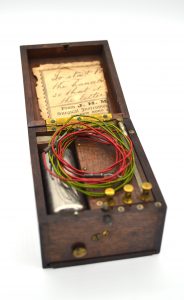Reports of drug shortages date back many years and there are numerous reasons for shortages in a crisis, such as the COVID-19 pandemic. ASHP’s (American Society of Health-System Pharmacists®) Drug Shortages Database is a leading source of evidence-based drug shortage information for both professional health care workers and consumers. Drug Shortages is copyrighted by the Drug Information Service of the University of Utah and is distributed by ASHP.
ASHP’s Drug Shortages Database includes:
- Over 300 shortage bulletins on drugs, biologics, devices, and specific dose forms
- The only source of drug shortage information that includes recommendations for alternative therapies
- Active monitoring and regular communication with manufacturers for ongoing shortages
- Daily updates
*List derived from American Society of Health-System Pharmacists®
How is ASHP’s Drug Shortages different from the FDA’s CDER (Food and Drug Administration’s Center for Drug Evaluation and Research) website? For instance, Drug Shortages lists more drugs and provides help for managing shortages. For more information about the differences, see the FDA and ASHP Shortage Parameters comparison chart. Continue reading


 is one of HSLS’s most popular workshops since
is one of HSLS’s most popular workshops since 